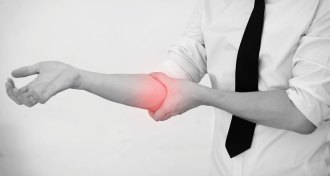Uncategorized
-
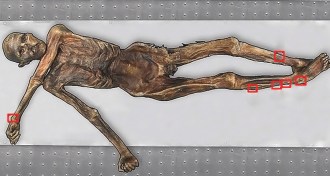 Anthropology
AnthropologyIceman has the world’s oldest tattoos
A more than 5,000-year-old European mummy gets his tattoos confirmed as world’s oldest.
By Bruce Bower -
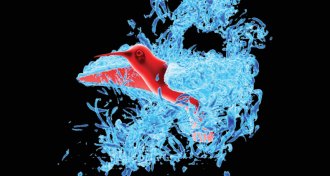 Animals
AnimalsCapturing the wonders of hummingbird flight
Recent computer simulations reveal how hummingbirds manipulate the air around them to aid in flight.
By Andrew Grant -
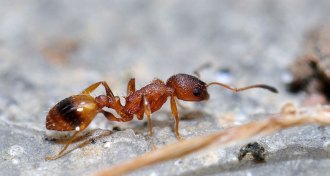 Animals
AnimalsAnts don’t make decisions on the move
Worker ants stand still while processing environmental cues and planning their next moves, a new study suggests.
-
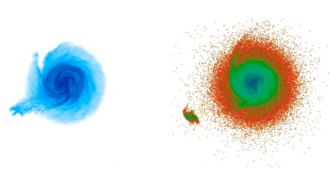 Astronomy
AstronomyClues left at a galactic hit-and-run
Scientists may have discovered a dwarf galaxy that triggered a “galaxy quake” when it buzzed by the Milky Way a few hundred million years ago.
By Andrew Grant -
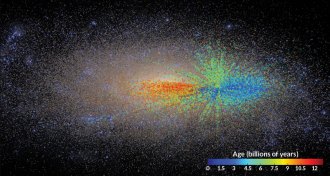 Astronomy
AstronomyRed giants map how the Milky Way grew
A new catalog of the ages of our galaxy’s stars confirms that the Milky Way grew from the inside out.
By Andrew Grant -
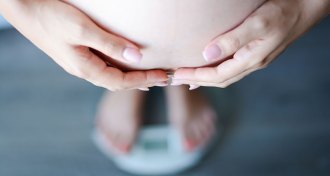 Health & Medicine
Health & MedicineMom’s weight during pregnancy shapes baby’s health
Obesity at conception or during pregnancy is a big problem that's getting bigger: New evidence says a child's mental health could be at stake.
By Laura Beil -
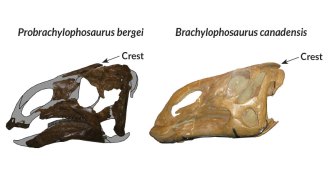 Paleontology
PaleontologyFossils provide link in dino crest evolution
Fossils from a newly identified duck-billed dinosaur in Montana could explain how their descendants developed flamboyant nose crests.
-
 Earth
EarthSuccession of satellites keep eye on Earth
50 years after plans were laid for the first Earth-observing spacecraft, the youngest Landsat satellites are still flying and imaging the planet’s surface.
-
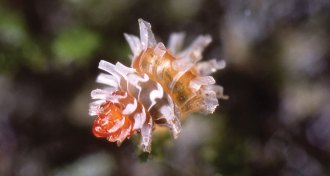 Animals
AnimalsThe fine art of hunting microsnails
Flotation, tact and limestone all prove vital to the quest for microsnails.
By Susan Milius -
 Neuroscience
NeuroscienceHis stress is not like her stress
When the pressure doesn’t let up, men and women react differently. The root of the difference may be messaging within the brain.
By Susan Gaidos -
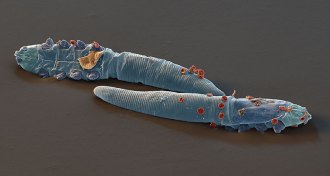 Animals
AnimalsThe mites living on your face probably run in your family
Demodex folliculorum mites, which live on human skin, have probably evolved with their hosts over time.
-
